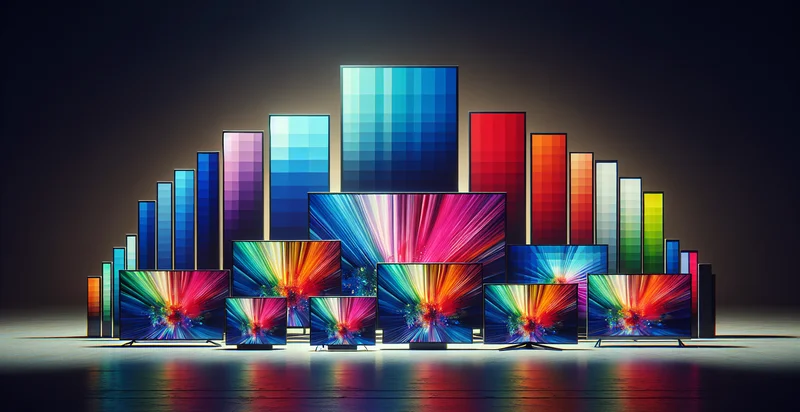Identify television features
using AI
Below is a free classifier to identify television features. Just input your text, and our AI will predict what television features are most relevant - in just seconds.

Contact us for API access
Or, use Nyckel to build highly-accurate custom classifiers in just minutes. No PhD required.
Get started
import nyckel
credentials = nyckel.Credentials("YOUR_CLIENT_ID", "YOUR_CLIENT_SECRET")
nyckel.invoke("television-features", "your_text_here", credentials)
fetch('https://www.nyckel.com/v1/functions/television-features/invoke', {
method: 'POST',
headers: {
'Authorization': 'Bearer ' + 'YOUR_BEARER_TOKEN',
'Content-Type': 'application/json',
},
body: JSON.stringify(
{"data": "your_text_here"}
)
})
.then(response => response.json())
.then(data => console.log(data));
curl -X POST \
-H "Content-Type: application/json" \
-H "Authorization: Bearer YOUR_BEARER_TOKEN" \
-d '{"data": "your_text_here"}' \
https://www.nyckel.com/v1/functions/television-features/invoke
How this classifier works
To start, input the text that you'd like analyzed. Our AI tool will then predict what television features are most relevant.
This pretrained text model uses a Nyckel-created dataset and has 20 labels, including App Store Availability, Audio Output, Built-In Tuner, Color Accuracy, Energy Efficiency, Gaming Features, Hdmi Ports, Hdr Support, Integrated Camera and Local Dimming.
We'll also show a confidence score (the higher the number, the more confident the AI model is around what television features are most relevant).
Whether you're just curious or building television features detection into your application, we hope our classifier proves helpful.
Related Classifiers
Need to identify television features at scale?
Get API or Zapier access to this classifier for free. It's perfect for:
- Smart TV Feature Analysis: This use case involves analyzing consumer feedback for smart TVs to classify mentions of specific features such as voice control, streaming capabilities, and connectivity options. By identifying these features, manufacturers can better understand customer preferences and improve product offerings.
- Market Comparison Reports: Businesses can utilize the classification function to evaluate and compare television models based on their advertised features. This data can support marketing strategies by highlighting unique selling propositions against competitor products.
- Customer Support Optimization: By analyzing customer inquiries and support tickets for mentions of television features, companies can identify common issues or misunderstandings. This insight can help refine user manuals and FAQs, leading to enhanced customer satisfaction.
- Advertising Campaign Improvement: Marketers can use the function to gather insights on which television features resonate most in current advertisements. By focusing on the most positively classified features, campaigns can be tailored for maximum engagement and conversion rates.
- Retail Inventory Management: Retailers can classify television models based on their features to optimize inventory. Understanding which features are most popular can guide stocking decisions, ensuring that in-demand models are readily available for customers.
- Social Media Sentiment Analysis: Businesses can deploy the classification function on social media platforms to gauge consumer sentiment around specific television features. This analysis can provide valuable feedback for product development and marketing efforts, allowing brands to adapt to consumer wants quickly.
- Feature-Centric Product Development: Product development teams can leverage the insights gained from feature classification to innovate and design new television models. By understanding trending features in consumer feedback, teams can prioritize development of highly sought-after functionalities in their next launches.


